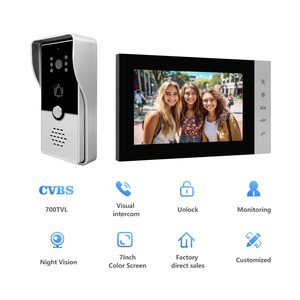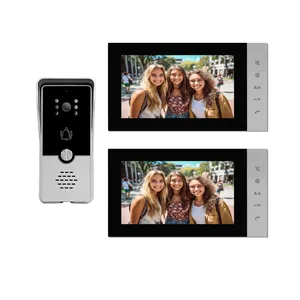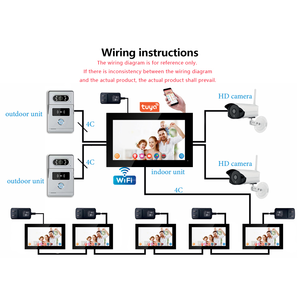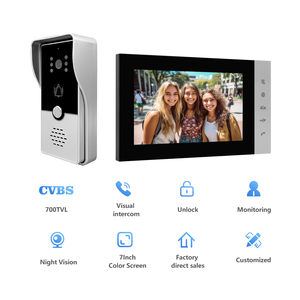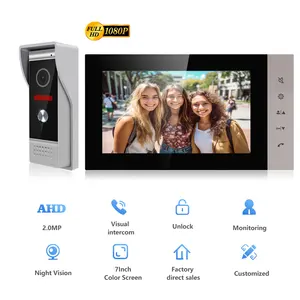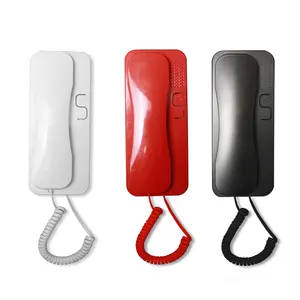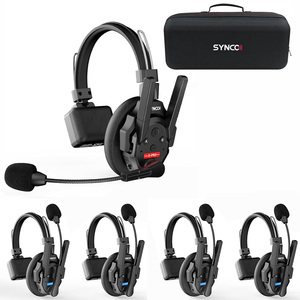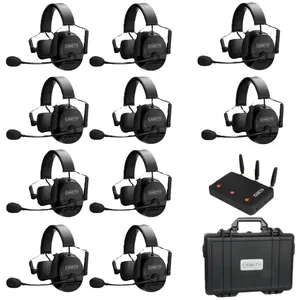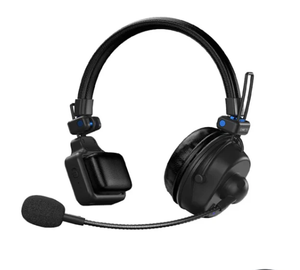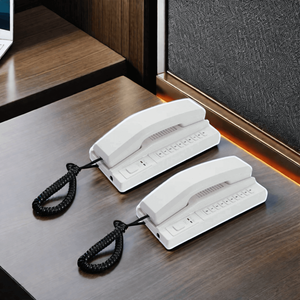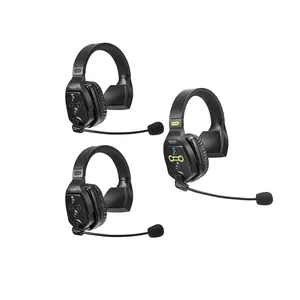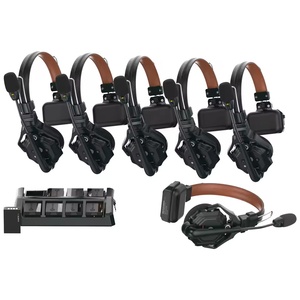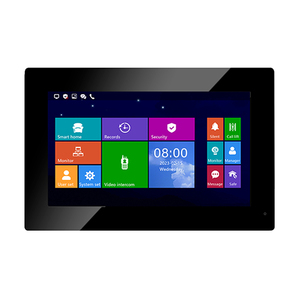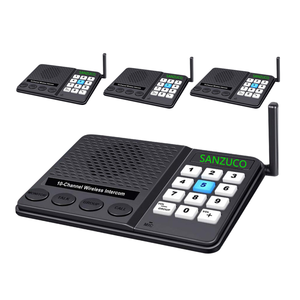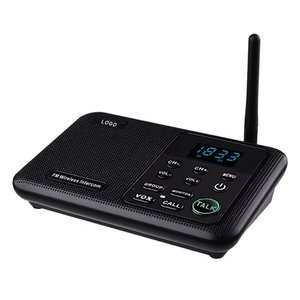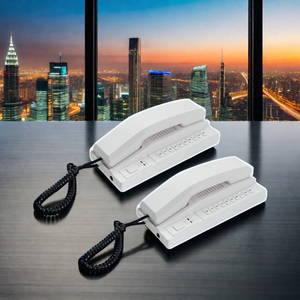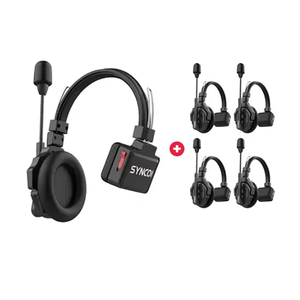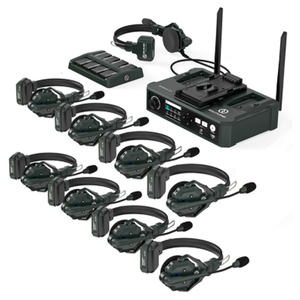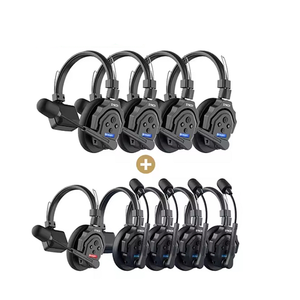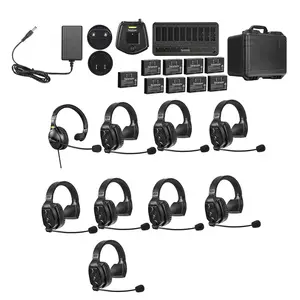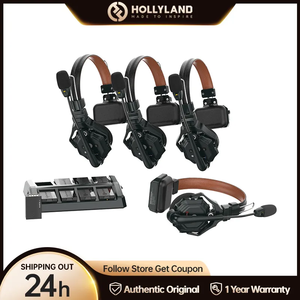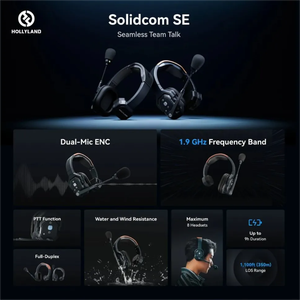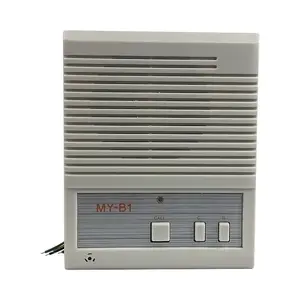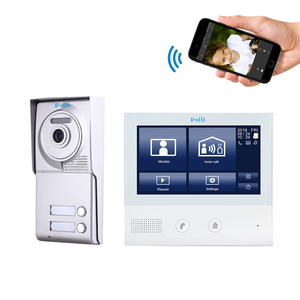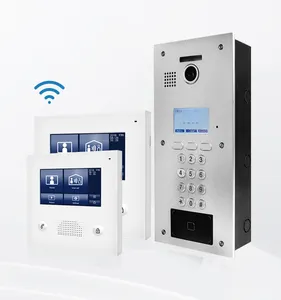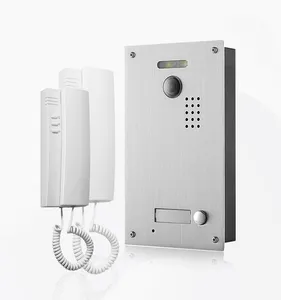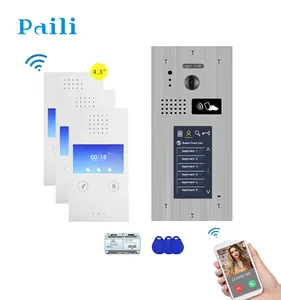Wireless Intercom Systems





 Top sponsor listing
Top sponsor listing



 1/1
1/1





 1/3
1/3




 1/3
1/3



 0
0






 1/3
1/3






 1/3
1/3




 0
0





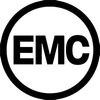



 1/46
1/46





 1/3
1/3




 1/3
1/3




 0
0




 1/2
1/2




 1/3
1/3




 1/3
1/3




 0
0


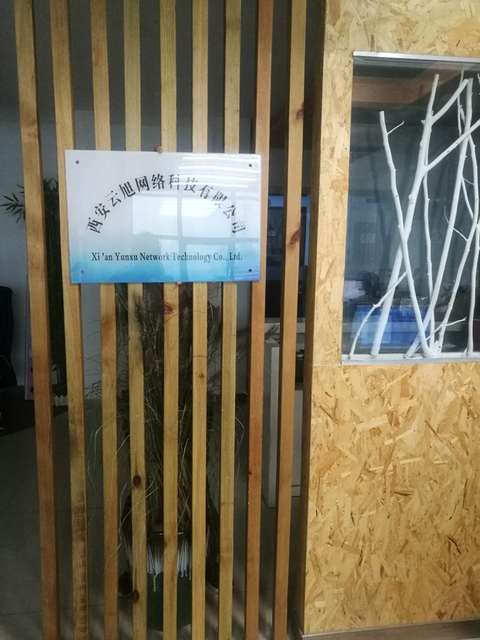

 1/3
1/3


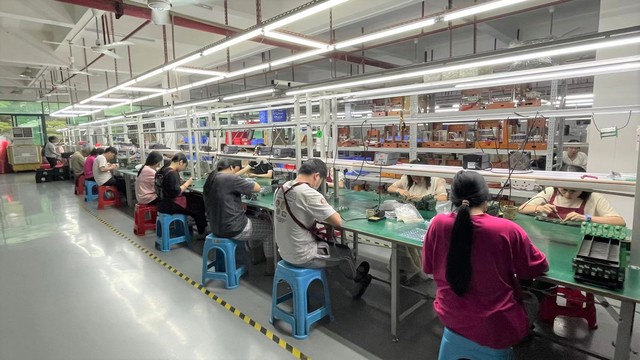

 1/3
1/3




 1/3
1/3





 1/3
1/3
About wireless intercom systems
Where to Find Wireless Intercom Systems Suppliers?
China remains the central hub for wireless intercom systems manufacturing, with key production clusters in Guangdong and Fujian provinces. These regions host vertically integrated supply chains encompassing RF module fabrication, PCB assembly, and final product integration. Shenzhen-based suppliers benefit from proximity to semiconductor distributors and electronics logistics networks, enabling rapid prototyping and scalable production. Xiamen and Foshan contribute specialized capabilities in audio signal processing and industrial design, supporting both consumer-grade and commercial deployment requirements.
The concentration of component suppliers, contract manufacturers, and testing facilities within 50km radii allows for efficient coordination across production stages. This ecosystem supports agile manufacturing cycles, with standard lead times averaging 15–25 days for batch orders. Buyers gain access to flexible MOQs—from single units for high-end models to 10-piece minimums for mass-market variants—facilitating low-risk sampling and incremental scaling. Localized sourcing reduces unit costs by 20–35% compared to Western-assembled equivalents, particularly for full-duplex, long-range (433MHz/2.4GHz), and DECT-based systems.
How to Choose Wireless Intercom Systems Suppliers?
Effective supplier selection requires structured evaluation across technical, operational, and transactional dimensions:
Technical & Functional Validation
Confirm compatibility with required frequency bands (e.g., 433MHz for extended range, 2.4GHz for interference resistance) and duplex mode (half vs. full). For commercial deployments, verify support for multi-unit pairing, noise cancellation, and battery life claims (typically 8–72 hours). Request test reports on transmission distance under real-world conditions, as advertised ranges may assume line-of-sight environments.
Production and Customization Capacity
Assess suppliers based on demonstrated flexibility:
- Customization options including color, material, logo imprinting, packaging, and graphic interface adjustments
- Support for OEM/ODM configurations beyond catalog offerings
- Evidence of R&D activity through firmware updates or new model releases
Cross-reference product listing diversity with specialization indicators—e.g., companies focused on walkie-talkie hybrids or broadcast-grade systems often possess deeper domain expertise.
Operational Reliability Metrics
Prioritize suppliers with verifiable performance records:
- On-time delivery rate ≥94%
- Average response time ≤2 hours
- Reorder rate below 25% indicating stable customer satisfaction
High reorder rates (>50%) may signal pricing dependency rather than quality consistency. Use response speed and communication clarity as proxies for post-sale support capability.
What Are the Best Wireless Intercom Systems Suppliers?
| Company Name | Main Products (Listings) | On-Time Delivery | Response Time | Reorder Rate | Online Revenue Tier | Sample MOQ | Price Range (USD) |
|---|---|---|---|---|---|---|---|
| Foshan Abe France Germany Technology Co., Ltd. | Door Phones (973) | 94% | ≤1h | <15% | $50,000+ | Not specified | N/A |
| Shenzhen Macross Industrial Co., Ltd. | Alarm Systems (75), Walkie Talkie (67) | 100% | ≤2h | 23% | $10,000+ | 2–10 pieces | $13–35 |
| Shenzhen Sunny Island Lilliput Electronic Co., Ltd. | LCD Monitors (93), AV Accessories (87) | 100% | ≤1h | <15% | $50,000+ | 1 set | $139–319 |
| Xiamen Came Technology Co., Ltd. | Action Camera Accessories (363), Broadcast Intercom (29) | 92% | ≤6h | <15% | $10,000+ | 1 piece/set | $63–949 |
| Ihome International Business Limited | Calling System Pagers (190) | 87% | ≤2h | 50% | $10,000+ | 1–2 sets | $17–120 |
Performance Analysis
Shenzhen Macross and Shenzhen Sunny Island demonstrate strong operational discipline with 100% on-time delivery and sub-2-hour response times, positioning them as reliable partners for time-sensitive procurement. Foshan Abe France Germany stands out for its specialization in door phones (973 listings), suggesting deep vertical integration in building communication systems. Xiamen Came offers premium-tier products, including referee and professional broadcast intercoms, with prices reaching $949 per unit—indicative of advanced engineering and niche market targeting.
Ihome International presents an outlier case: despite a high reorder rate (50%), its lower on-time delivery performance (87%) suggests potential fulfillment volatility. This pattern may reflect competitive pricing or exclusive features that retain customers despite logistical shortcomings. Buyers seeking cost-effective entry-level systems (<$30) may find value here, provided they implement buffer timelines.
FAQs
What certifications should wireless intercom suppliers have?
While not universally enforced, compliance with CE (Europe), FCC (USA), and RoHS directives is critical for legal market entry. Suppliers should provide documentation verifying electromagnetic compatibility (EMC) and radio equipment directive (RED) adherence where applicable. For industrial use, IP-rated enclosures (e.g., IP54+) ensure durability in harsh environments.
What is the typical MOQ for wireless intercom systems?
MOQ varies significantly by supplier and model. Entry-level units often require 2–10 pieces, while high-end or customized systems may allow single-unit orders. Bulk pricing typically activates at 100+ units, with discounts ranging from 10–25% depending on volume and negotiation terms.
How long does sample production take?
Standard samples ship within 5–10 days. Customized prototypes involving housing modifications or firmware changes require 15–25 days. Air freight adds 3–7 days for international delivery. Some suppliers offer pre-production samples at full price, creditable against future orders.
Can suppliers integrate branding and packaging?
Yes, most suppliers listed support logo printing, custom color schemes, user manual localization, and branded retail packaging. Minimum thresholds apply—typically 100+ units for full customization. Graphic assets must be submitted in vector format (AI/EPS) with Pantone color codes for accurate reproduction.
What are common payment and transaction safeguards?
Common terms include T/T (30% deposit, 70% before shipment), with select suppliers offering escrow or platform-backed transactions. For first-time engagements, limit initial order value and request production photos at key milestones. Retain final payment until product verification, ideally through third-party inspection services like SGS or Bureau Veritas.

